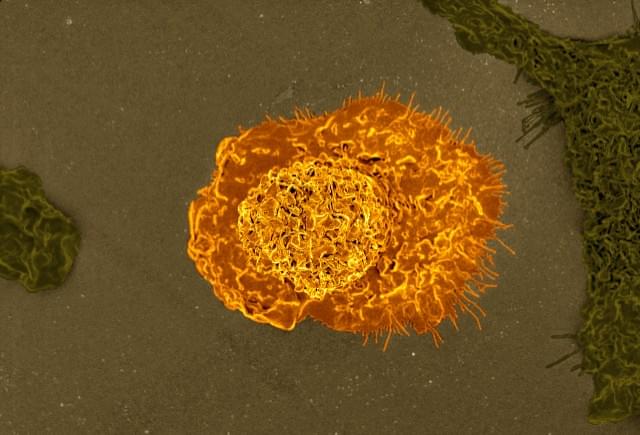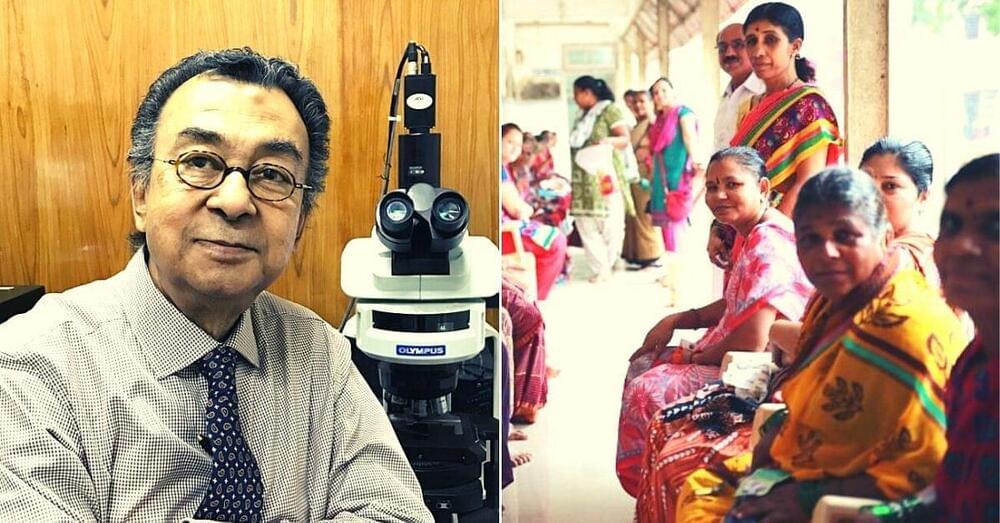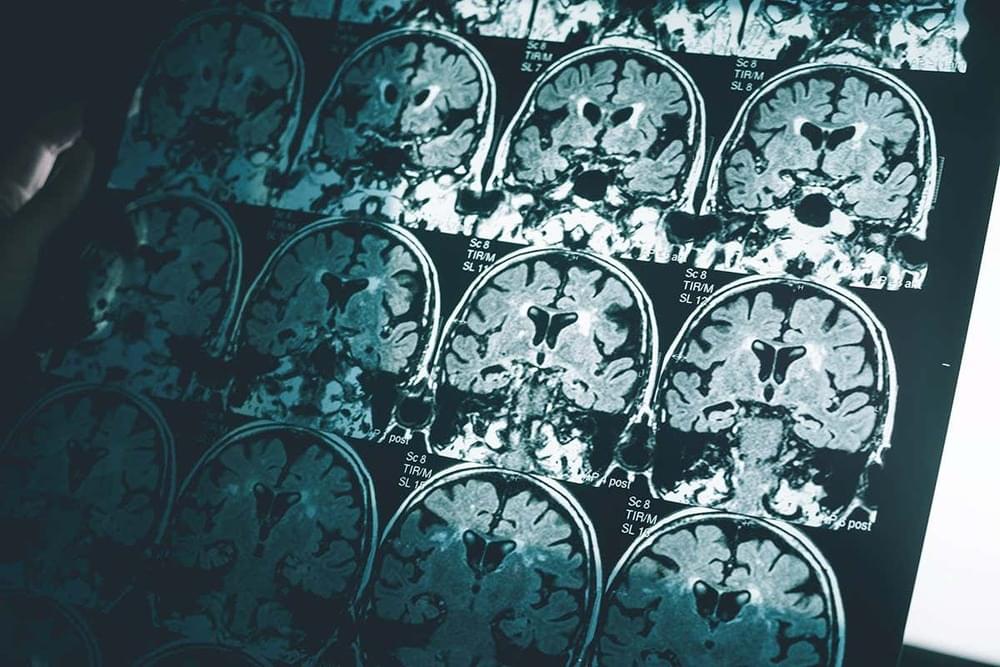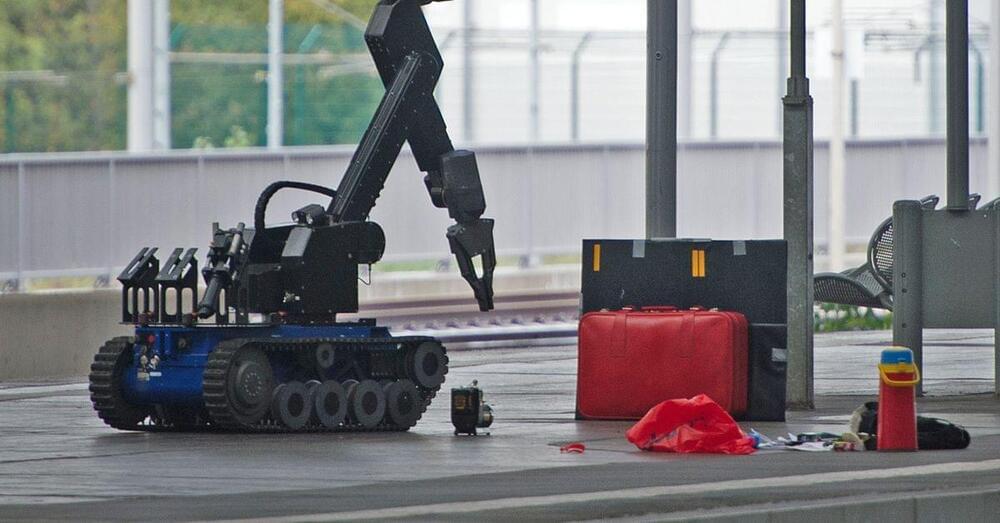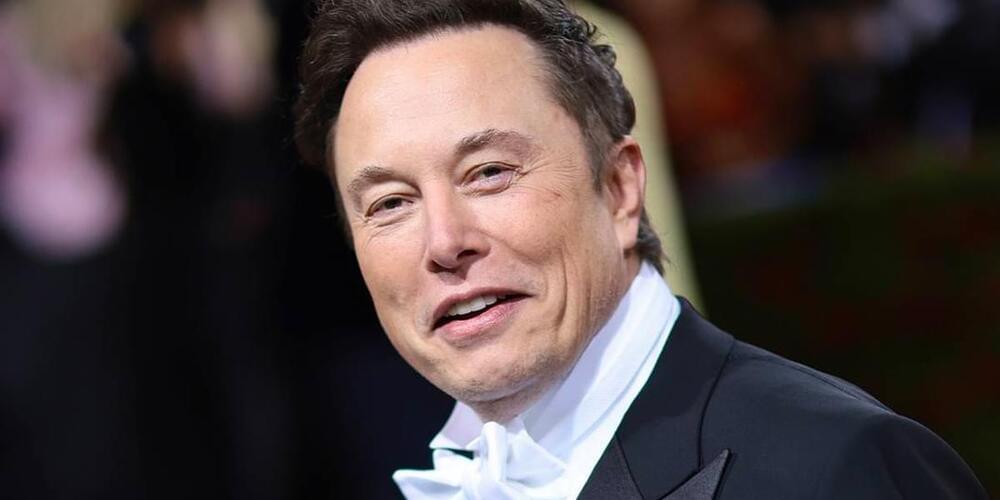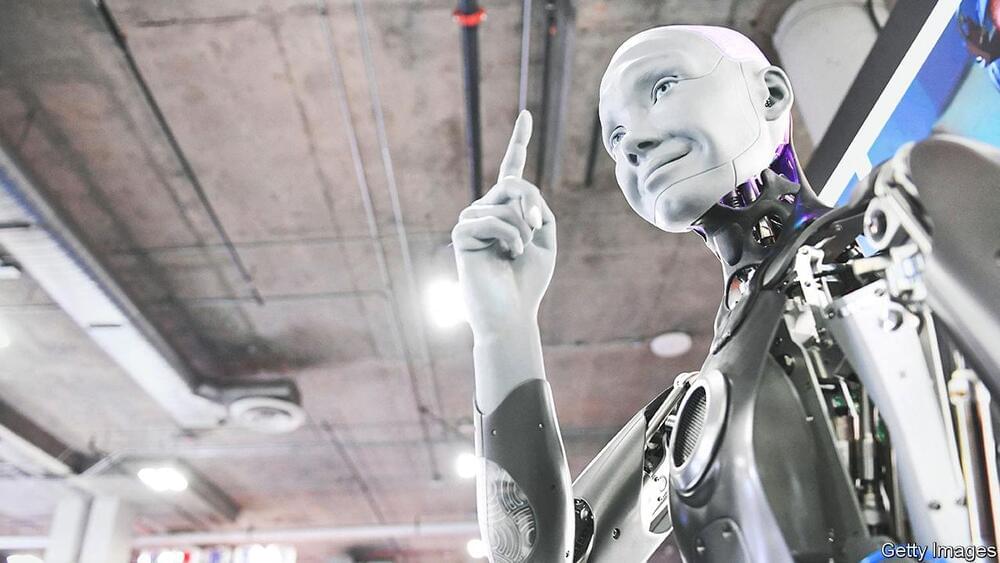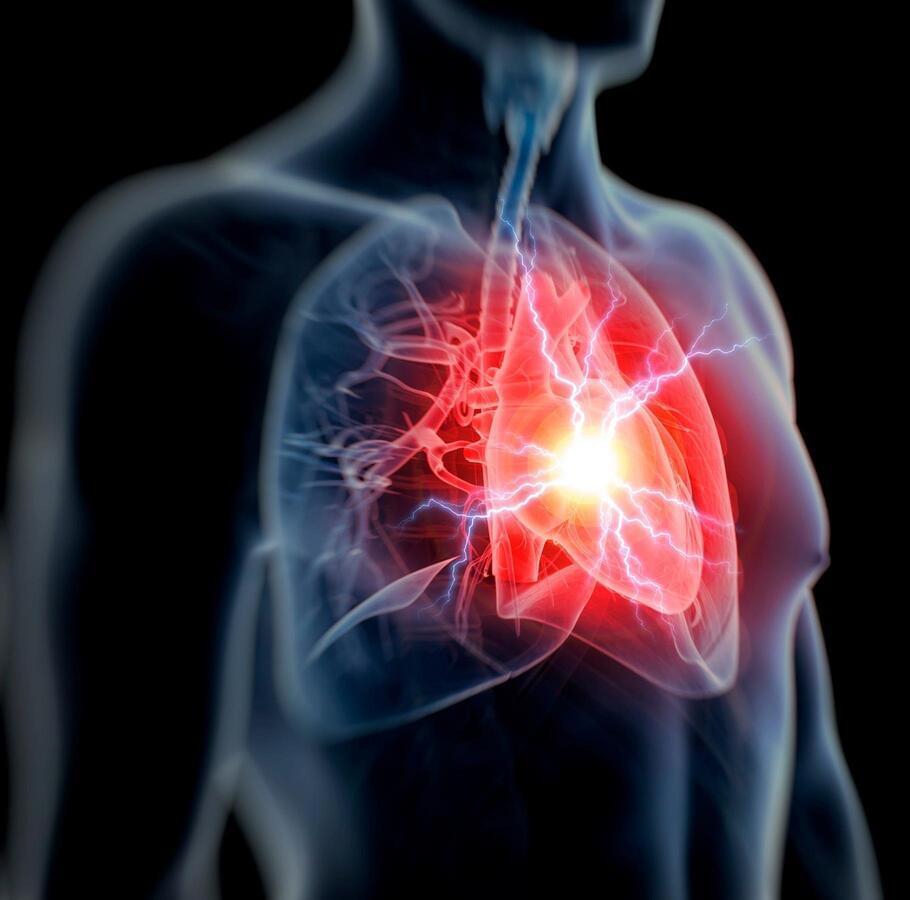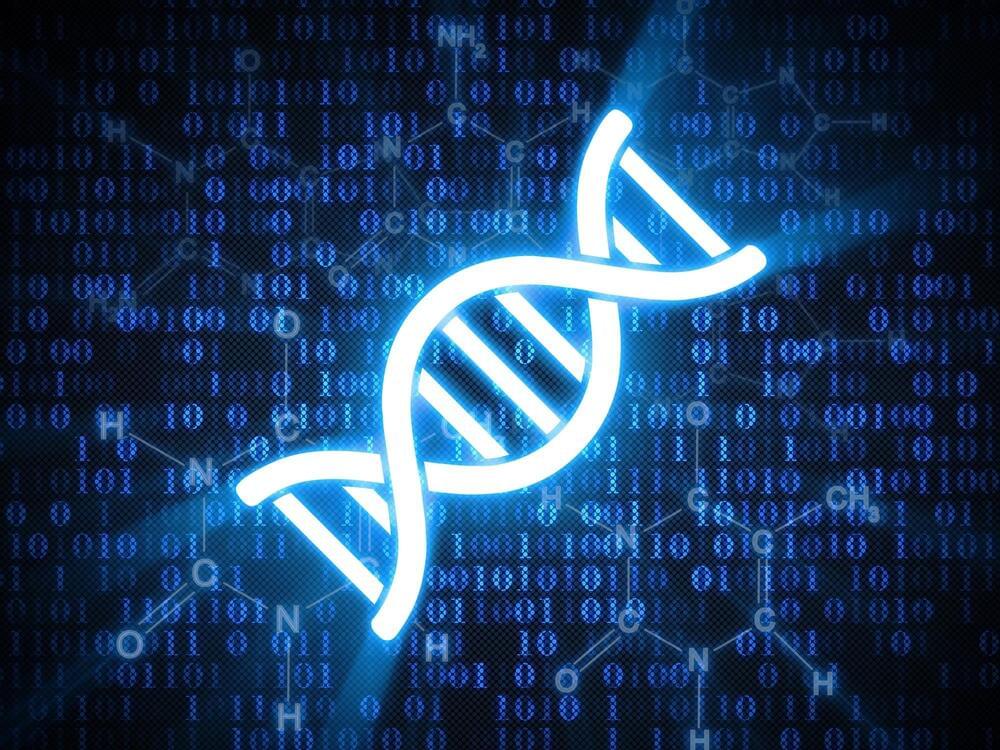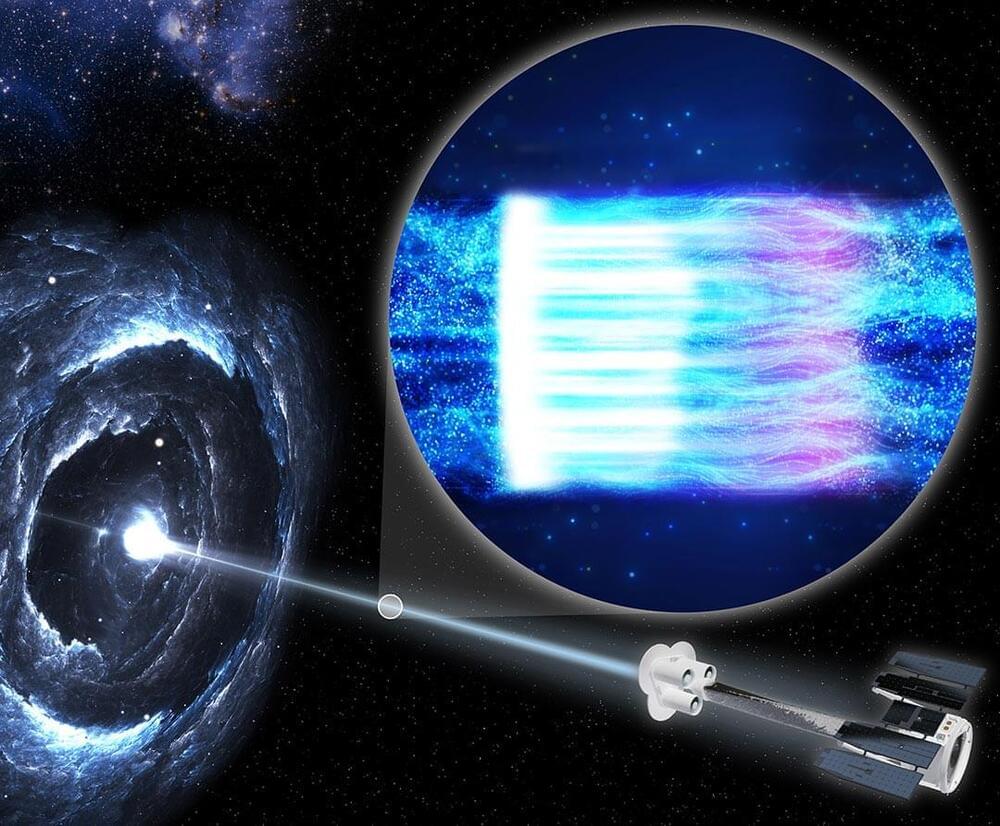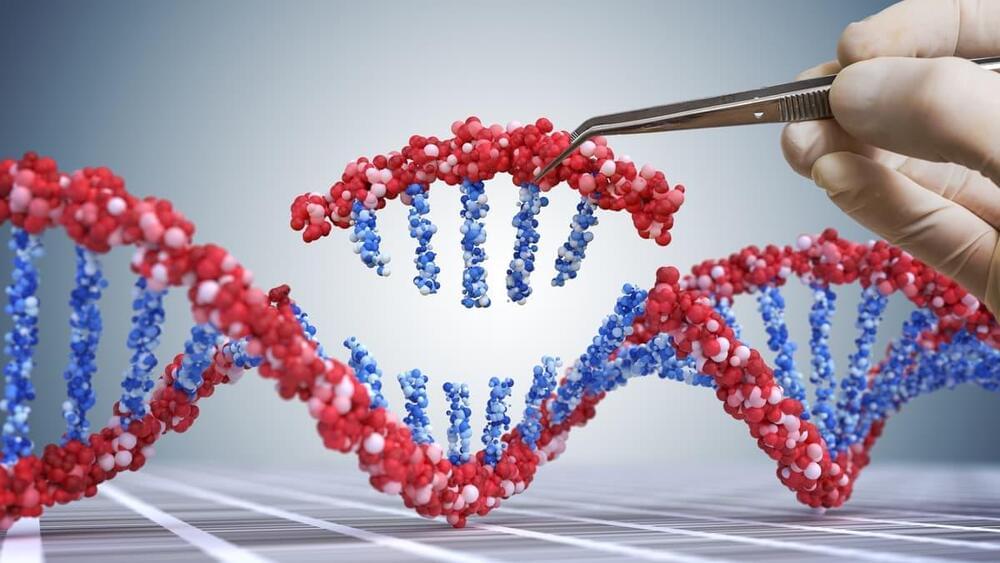
A new technique has been added to the CRISPR gene-editing toolbox. Known as PASTE, the system uses virus enzymes to “drag-and-drop” large sections of DNA into a genome, which could help treat a range of genetic diseases.
The CRISPR system originated in bacteria, which used it as a defense mechanism against viruses that prey on them. Essentially, if a bacterium survived a viral infection, it would use CRISPR enzymes to snip out a small segment of the virus DNA, and use that to remind itself how to fight off future infections of that virus.
Over the past few decades, scientists adapted this system into a powerful tool for genetic engineering. The CRISPR system consists of an enzyme, usually one called Cas9, which cuts DNA, and a short RNA sequence that guides the system to make this cut in the right section of the genome. This can be used to snip out problematic genes, such as those that cause disease, and can substitute them with other, more beneficial genes. The problem is that this process involves breaking both strands of DNA, which can be difficult for the cell to patch back up as intended, leading to unintended alterations and higher risks of cancer in edited cells.
